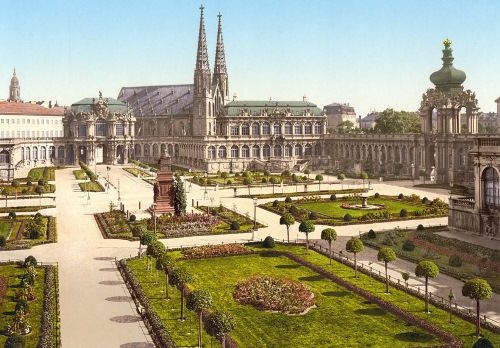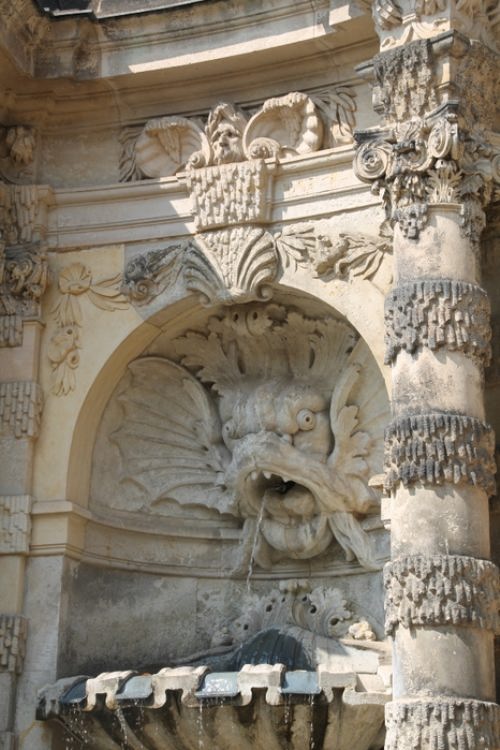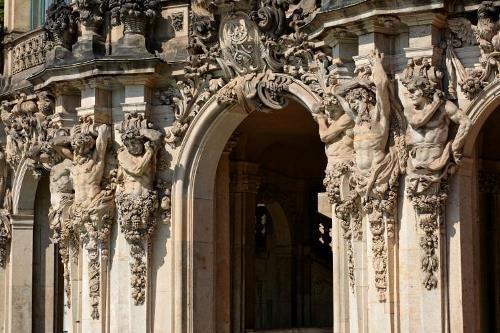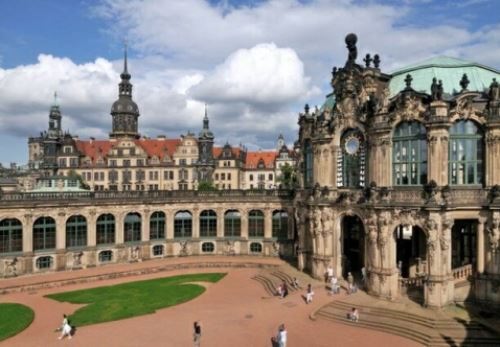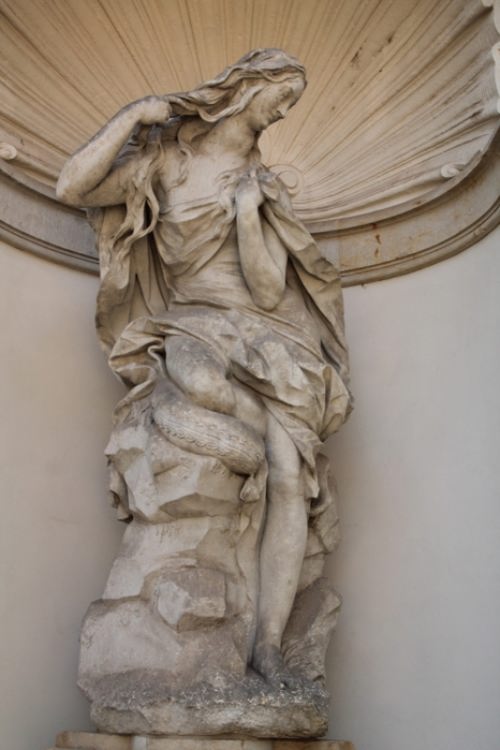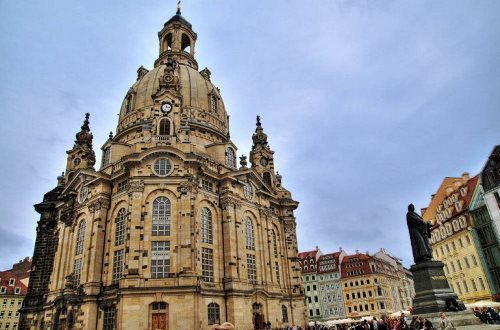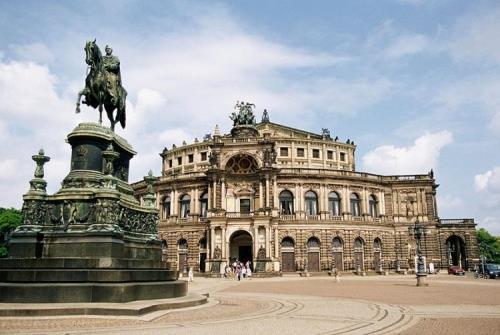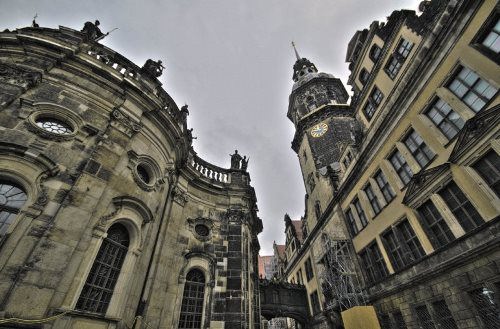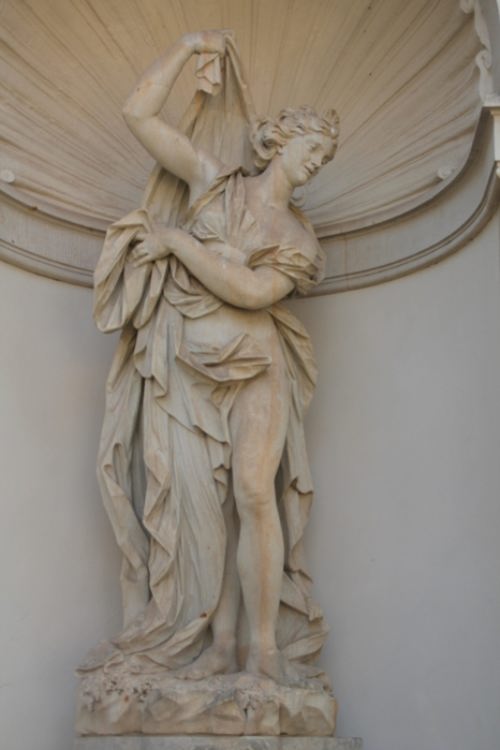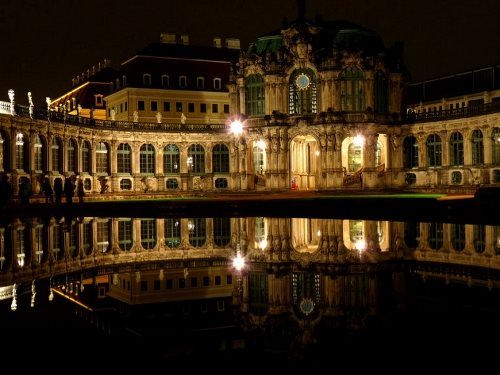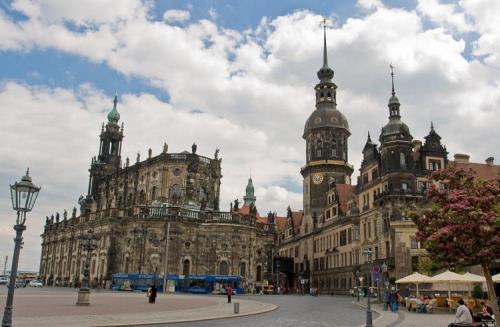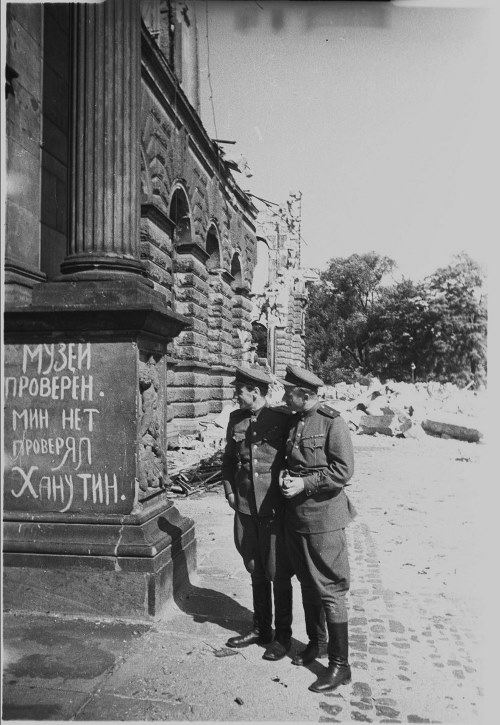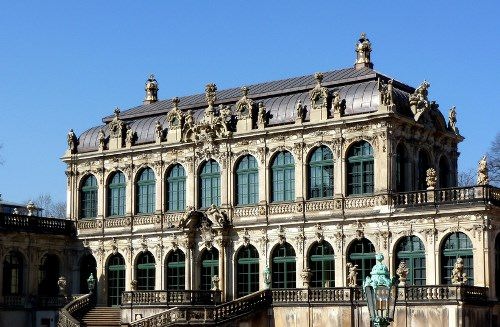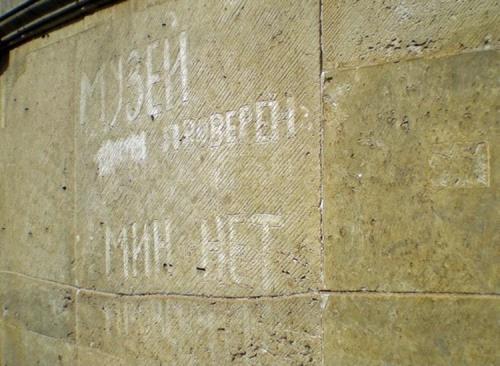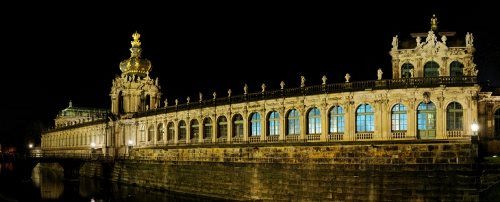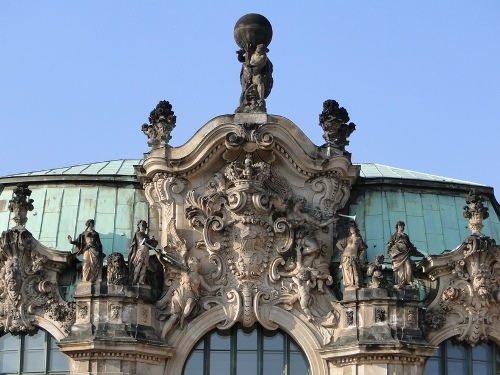Interesting Dresdner Zwinger
The Saxon Elector Augustus the Strong was a great lover of court entertainments, he tried to imitate the French emperor Louis XIV and ordered to build palace ensemble Zwinger for mass festivities. The word “Zwinger” does not have an exact translation, in ancient times it meant the space between the inner and outer walls of the fortress.
Construction began from the central square of Dresden, next to the Elbe River. The walls were erected near the royal castle. So, Augustus could monitor the progress of building from his windows.
At first the walls were wooden, on the four sides they were joined by tribunes. And formed an elongated platform very convenient for the knights’ tournaments. Riders, chained in armor, fought with each other. The audience was delighted.
Sometimes Augustus himself, wearing armor, fought for the pleasure of ladies, demonstrating strength and agility. Small parades were also organized there. And on public holidays they showed wild animals, most often bears.
Later, the Elector ordered to build a greenhouse for growing oranges a little aside. This exotic oriental fruit was fashionable among the monarchs of the European states.
In 1709, Augustus ordered to remove all the wooden walls and structures and build stone ones. The construction work was led by the architect Pöppelmann. But the principle remained the same – an extended parade ground, around which were pavilions, galleries with greenhouse, and inside there were flower beds, fountains, sculptures.
By 1728, the erection of the longitudinal gallery with the Kronentor was completed, which means “gate with a crown”. In one of two corner pavilions the bells were hung and the pavilion was called Glockenspielpavilion (Carillon pavilion).
When Zwinger appeared, Dresden began to be called Florence on the Elbe. Since 1728, the most valuable relics belonged to the Elector and the court were kept in Zwinger. The building of the Picture Gallery, which was built much later, in 1847-1854, in the Renaissance style also belongs to the ensemble of Zwinger.
Unfortunately, you cannot see Zwinger in its original form. The raid of hundreds of British and American bombers in February 1945 erased almost the whole of Dresden from the face of the earth. Florence on the Elbe vanished. Zwinger was almost completely destroyed and burned out. It began to be restored immediately after the end of World War II.

